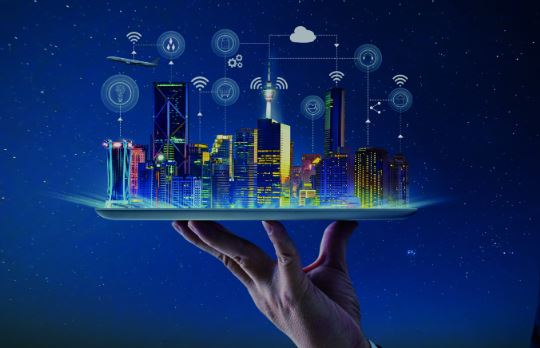Seamlessly Integrating Smart Building Technologies
As Florida’s population grows, facilities must evolve to meet modern demands. With a strong focus on sustainability, energy efficiency, and occupant comfort, integrating smart building technologies into mechanical, electrical, and plumbing (MEP) design is now essential. In a state where extreme weather and high humidity are common, buildings must adapt to environmental challenges.
This post explores innovative ways to integrate smart building technologies into MEP design, ensuring Florida’s facilities are efficient, sustainable, and resilient. From smart lighting and HVAC systems to building automation and data analytics, we highlight the tools transforming how buildings are designed and operated.
1. Introduction to Smart Buildings and MEP Design
Smart buildings optimize performance, energy use, and user experience by integrating advanced technologies. MEP design is at the core of this integration, ensuring systems function smoothly and efficiently.
In Florida, the hot and humid climate poses design challenges. Effective MEP design must handle these conditions while embracing smart technologies. Architects, engineers, and facility managers can collaborate to create smart buildings that benefit occupants and the environment.
2. Why Smart Buildings Are Crucial for Florida Facilities
Florida’s climate includes hurricanes, flooding, and heat. As urbanization increases, the need for resilient and sustainable buildings grows. Smart buildings can help meet these demands.
Advanced air conditioning systems lower energy use and prevent overheating. Smart water systems detect and stop leaks. IoT sensors allow real-time monitoring and quick responses to weather or emergencies. These features reduce a building’s carbon footprint and improve comfort, productivity, and quality of life.
3. Understanding the Role of MEP Design in Smart Buildings
MEP systems are a building’s foundation. They support daily operations and integrate smart technologies. A well-planned MEP design ensures smooth operation and a better user experience.
By incorporating smart technologies into MEP systems, owners and operators can reduce energy use, boost efficiency, and enhance comfort. A good MEP design also allows future scalability and adaptability.
4. Assessing the Need for Integration: Pre-Design Considerations
Before designing, assess how smart technologies fit into a building’s MEP systems. Understand operational needs, occupancy trends, and future plans. This step helps pinpoint where integration adds the most value.
Evaluate existing HVAC, electrical, and plumbing systems. Review documents, visit the site, and consult stakeholders. These actions reveal opportunities for adding energy management systems, smart lighting, or automation features.
Also, study occupancy and growth trends. Smart systems can adjust lighting and temperature based on usage, cutting energy waste and improving indoor comfort.
5. Designing for Integration: Key Considerations for MEP Design
Effective integration requires thoughtful MEP design. Designers must select compatible systems and plan infrastructure for connectivity. Physical installation must allow easy maintenance and upgrades.
Data integration is also vital. Systems should gather and analyze data efficiently. Communication protocols must be secure and reliable. User-friendly interfaces help occupants interact with building systems.
6. Selecting the Right Smart Building Technologies
Smart building technologies must withstand Florida’s environment. High humidity, salt exposure, and heat can affect equipment performance.
Select sensors that function in extreme conditions. Choose systems resistant to corrosion. Ensure technologies are energy efficient and align with Florida’s sustainability goals.
Proper selection leads to efficient operations and a lower environmental impact.
7. Integrating HVAC Systems with Smart Building Technologies
Integrating HVAC systems with smart technologies improves comfort and efficiency. Facility managers can track air quality, temperature, and humidity in real-time.
Smart sensors help adjust HVAC settings automatically. This reduces energy use, extends system life, and enhances occupant well-being. Integration with lighting and security systems creates a holistic building management solution.
8. Integrating Lighting Systems with Smart Building Technologies
Lighting plays a key role in building performance. Smart lighting systems help reduce energy use and improve comfort.
In Florida, climate conditions wear down lighting quickly. Smart lighting, combined with building management systems, optimizes brightness, schedules, and occupancy detection.
These systems adjust to time of day, ambient light, and room use. They improve visual comfort and reduce maintenance costs.
9. Integrating Plumbing Systems with Smart Building Technologies
As Florida facilities increasingly adopt smart building technologies to enhance occupant comfort, reduce energy consumption, and improve operational efficiency, the importance of integrating these systems with traditional MEP (mechanical, electrical, and plumbing) design cannot be overstated. In this section, we will delve into the critical role of plumbing systems in this integration process.
Plumbing systems, often the unsung heroes of a building’s infrastructure, play a vital role in supporting smart building technologies. By integrating plumbing systems with smart building technologies, facility managers can leverage data-driven insights to optimize water consumption, reduce waste, and improve overall building performance. For instance, smart sensors can be installed in water-using appliances and fixtures to detect leaks, monitor usage patterns, and provide real-time feedback to occupants. This not only helps to reduce water waste but also enables facilities to identify and address potential issues before they become major problems.
10. Ensuring Seamless Integration: Designing for Interoperability
Smart systems must communicate well. Interoperability ensures different systems work together smoothly, sharing data for better outcomes.
Use open standards to avoid isolated systems. Plan a unified architecture that links building management, sensors, and devices. This enables real-time data sharing and informed decision-making.
Prioritizing interoperability creates adaptable and scalable systems. It supports Florida’s push for smart, efficient, and future-ready facilities.
As we conclude our exploration of the importance of seamlessly smart building technologies into MEP design for Florida facilities, we hope that you have gained a deeper understanding of the benefits and best practices for incorporating these innovative solutions into your own projects. From enhanced energy efficiency to improved occupant experience, the smart building technologies of today are revolutionizing the way we design and operate buildings. By incorporating these technologies into your MEP design, you can create facilities that not only meet the needs of your occupants, but also contribute to a more sustainable and resilient future for the state of Florida.

















































